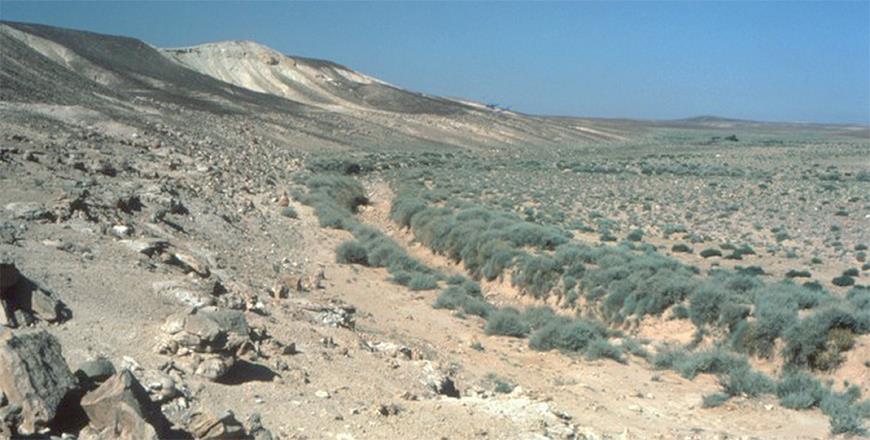
Northeast Jordan's Azraq Basin Challenges Perceptions Of Harsh Landscape
“Although the northeast Badia of Jordan had for a long time been thought of as a largely inhospitable region, hostile to permanent human occupation, archaeological fieldwork over the past four decades has demonstrated that the region's early occupation spans from the later part of the Lower Palaeolithic to the end of the Pre-Pottery Neolithic,” noted Professor Tobias Richter from The University of Copenhagen, adding that
the idea that northeast Jordan was a landscape in which, due to the environmental constraints of the semi-arid steppe and arid desert, survival was difficult and life was harsh, has therefore been undergoing active revision.
The Black Desert was definitely not a cultural periphery or desolated place.
“Key cultural, economic and social advances have commonly been described as having occurred outside this region and were introduced to the Badia only later. Certain developments in the prehistory of northeast Jordan can actually be seen as locally-specific processes, independent of events taking place elsewhere,” said Richter.
Furthermore, it is important not to judge the archaeological record of this semi-arid steppe and desert through the perspective of a modern, western individual, he continued.
“Oftentimes, we tend to judge the suitability of landscapes for human occupation based on the idea how suitable, or not, such an area is or was for agriculture, especially when it comes to more recent periods. While it is clear that farming was probably always opportunistic and seasonal in eastern Jordan, we ought to recognise that the inhabitants of this region would not have seen it the same way,” Richter elaborated.
However, it is also important to recognise that the landscape that characterises northeast Jordan today has changed dramatically since the beginning of human settlement in the region.
The more contemporary relief of the eastern Badia has been different from that time.
“Intensive research since the mid-1970s has produced a rich record of the near-continuous human occupation of northeast Jordan, stretching from the Lower Palaeolithic to the end of the Pre-Pottery Neolithic B. Although there are periods during which less material is present, or is absent entirely (notably from the later part of the Middle Palaeolithic to the earlier part of the Upper Palaeolithic), it is important to bear in mind that the research potential of northeast Jordan is not yet exhausted,” Richter underlined.
Furthermore, large parts of this region have not yet been intensively surveyed, according to the professor.
“Our knowledge and understanding of the early human occupation of this region is therefore not complete,” and needs a further research, Richter said.

Legal Disclaimer:
MENAFN provides the
information “as is” without warranty of any kind. We do not accept
any responsibility or liability for the accuracy, content, images,
videos, licenses, completeness, legality, or reliability of the information
contained in this article. If you have any complaints or copyright
issues related to this article, kindly contact the provider above.

















Comments
No comment